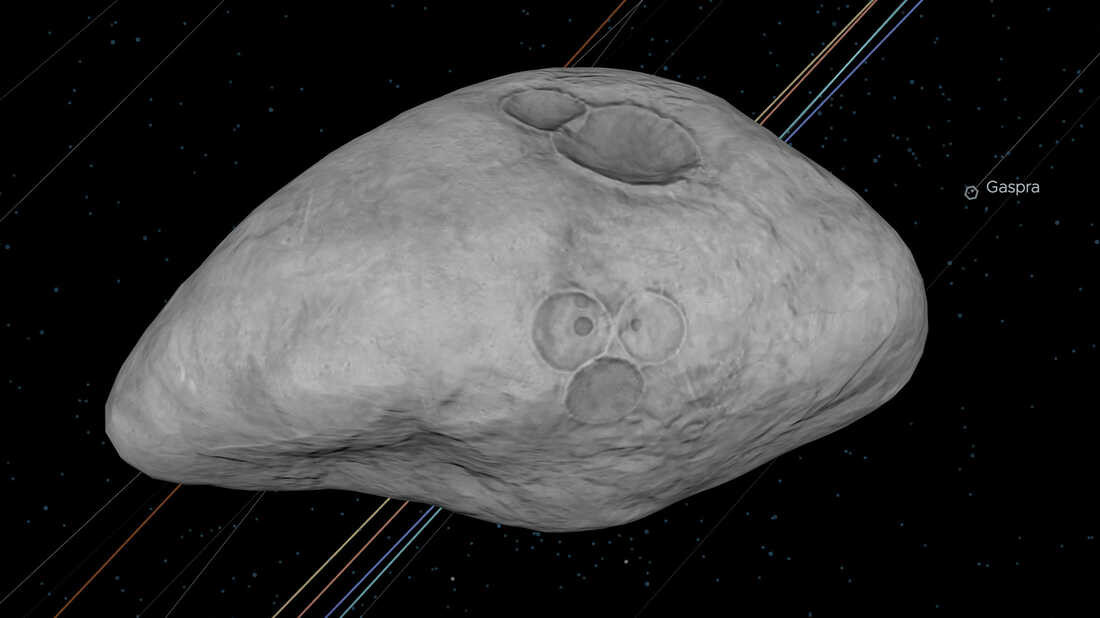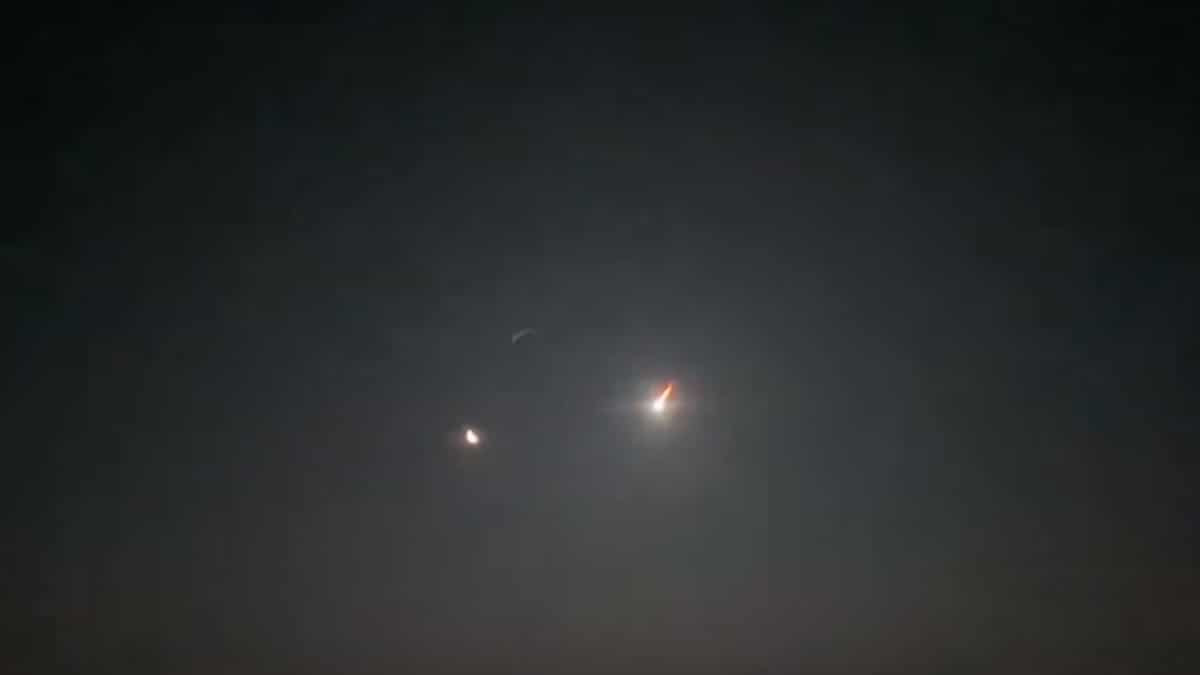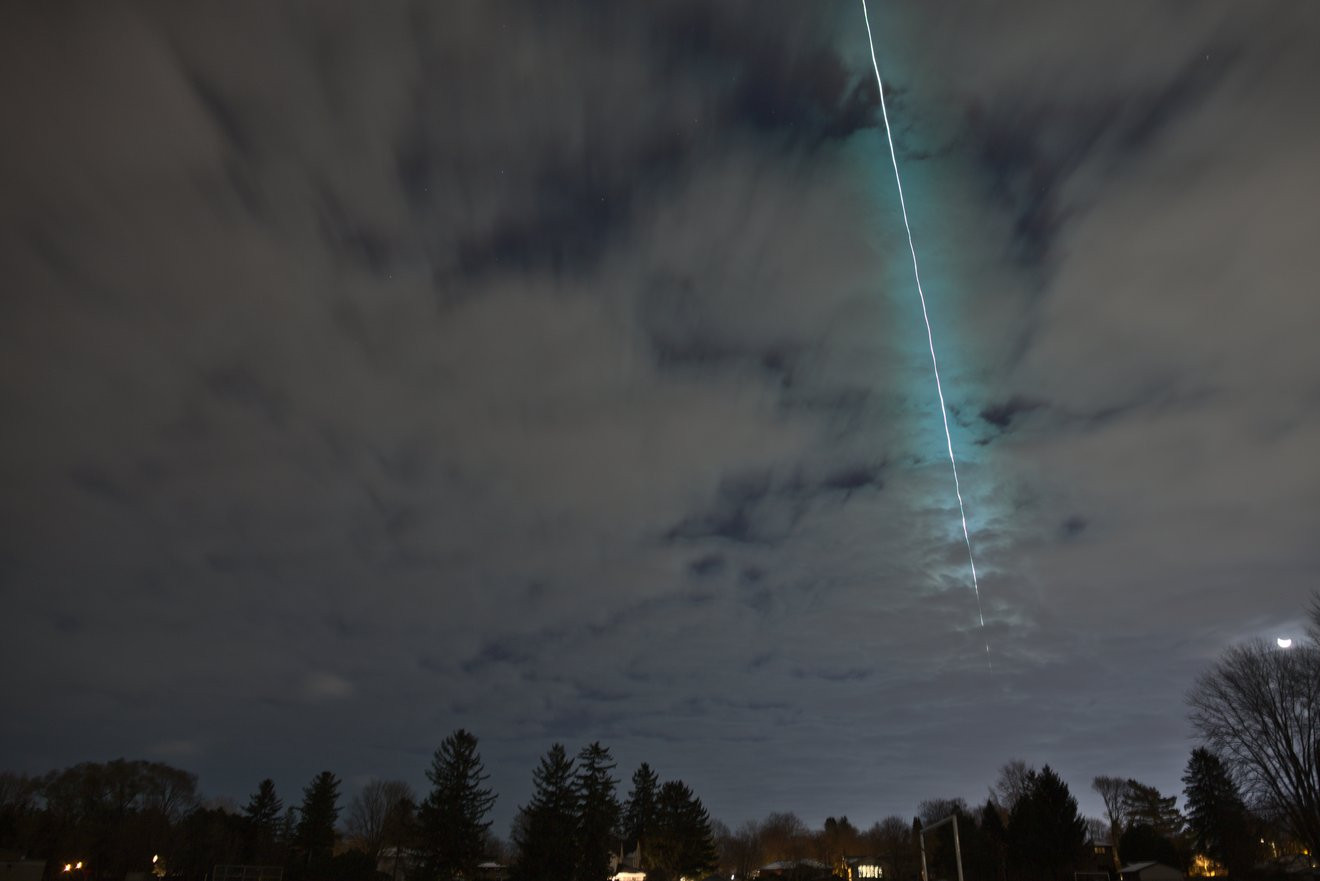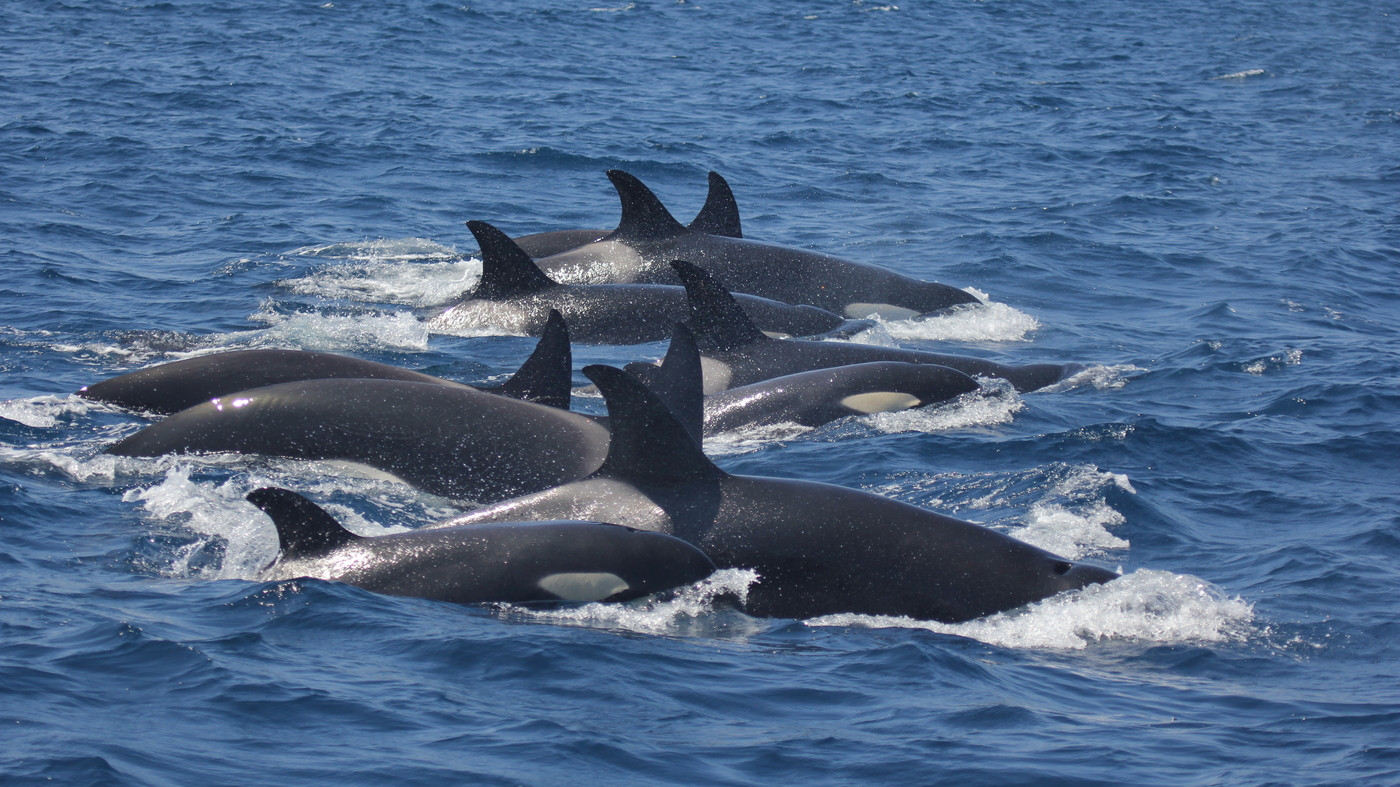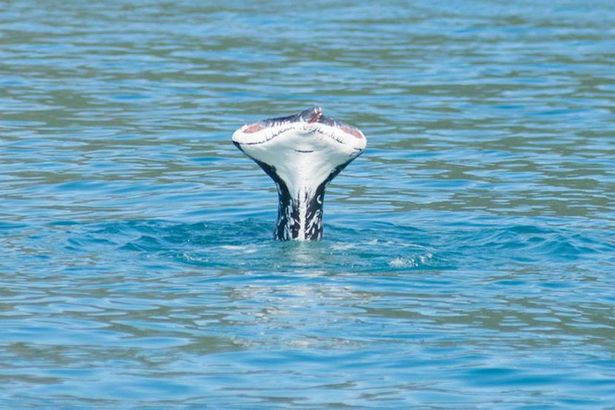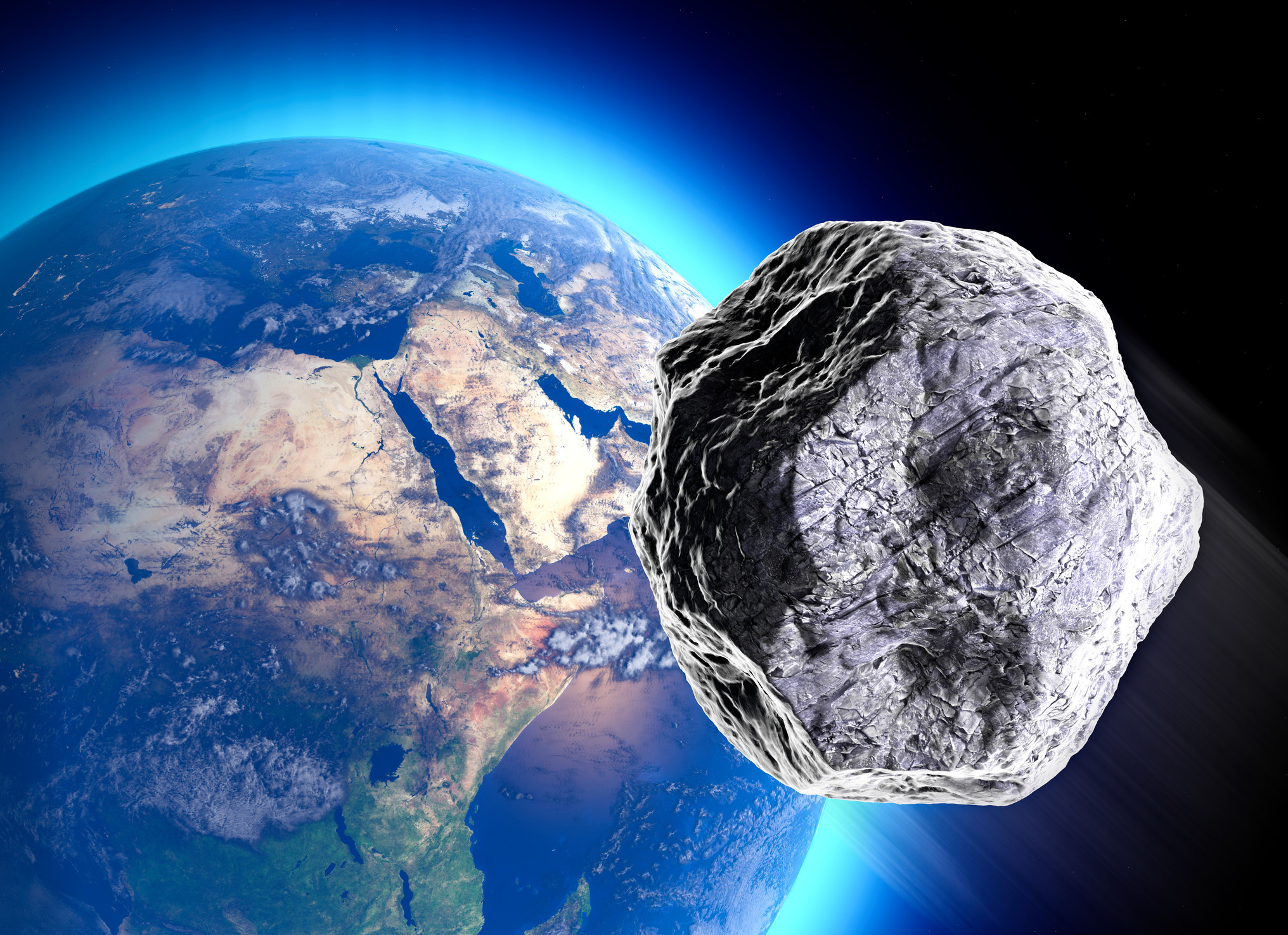A roughly 1-meter (3-foot) asteroid burned up in Earth’s atmosphere over the Philippines near Luzon Island early Wednesday afternoon, according to NASA. The European Space Agency estimated the impact occurred at 12:39 p.m. ET (4:39 p.m. UTC).
The Catalina Sky Survey discovered the object, initially called CAQTDL2 but now named 2024 RW1, this morning. Asteroids around 1 meter in size are estimated to hit Earth about every two weeks, according to the space agency, though they are very rarely spotted before making impact with the planet.
"This is just the ninth asteroid that humankind has ever spotted before impact," ESA tweeted.
The object was harmless as it was small enough to burn up in the atmosphere upon entry. Sky-gazers in the area posted video on social media that captured a spectacular fireball. The fireball was likely visible from the east coast of the Philippines, according to NASA's Asteroid Watch website. However, cloud cover from nearby Typhoon Yagi could have made fireball observations difficult.
Typhoon Yagi impacted the northern Philippines as a tropical storm over the past few days and is now equivalent to a Category 3 hurricane, located about 250 miles (400 kilometers) west of Luzon, Philippines.
Asteroid Discovery: A Sign of Improved Planetary Defense
The discovery of 2024 RW1 is a testament to the progress made in planetary defense, the field dedicated to identifying and tracking potentially hazardous asteroids. The Catalina Sky Survey, which discovered the asteroid, is a NASA-funded project that uses telescopes and advanced software to spot near-Earth objects. This survey has a history of finding small space rocks hours before impact, allowing for timely alerts.
This event is also a reminder that Earth is constantly bombarded by small space rocks. While most burn up harmlessly in the atmosphere, some can cause significant damage.
The Threat of Asteroid Impacts: A Historical Perspective
One of the most notable recent asteroid impacts was the Chelyabinsk meteor, which fell to Earth over Russia in 2013, injuring around 1,500 people, damaging thousands of buildings and causing tens of millions of dollars in damage. This event highlighted the need for advanced systems to detect and, potentially, deflect larger asteroids that could pose a threat to Earth.
Space agencies are actively working to develop technologies to protect Earth from such a threat. The Double Asteroid Redirection Test (DART) mission, launched by NASA, successfully crashed an impactor into a double asteroid system in an attempt to change its trajectory. This experiment was a crucial step in proving that we can, in fact, nudge an asteroid off its course.
Looking Forward: The Future of Planetary Defense
With ongoing research and development, the field of planetary defense is poised to advance further. NASA is planning the launch of a new infrared telescope known as NEO Surveyor, which will be dedicated to finding and tracking near-Earth objects, particularly those that are difficult to detect using current methods.
China is also developing its own mission to deflect an asteroid, with a planned launch date of 2030. These initiatives highlight the global commitment to protecting Earth from potential threats from space.
The Importance of Public Awareness
While the threat of a catastrophic asteroid impact is relatively low, it's essential to raise public awareness about the importance of planetary defense. Early detection and understanding of near-Earth objects are crucial to protecting our planet. By investing in research, technology, and international collaboration, we can ensure that we are prepared for any potential threats from space.
A Final Thought: A Reminder of Our Place in the Cosmos
Events like the recent asteroid impact serve as a reminder of the vastness of the universe and the constant movement of celestial bodies around us. While it's easy to take Earth's safety for granted, the discovery of 2024 RW1 highlights the importance of monitoring the skies above us and working together to protect our planet. The advancements in planetary defense are a testament to humanity's ingenuity and commitment to ensuring a safe and secure future for generations to come.




